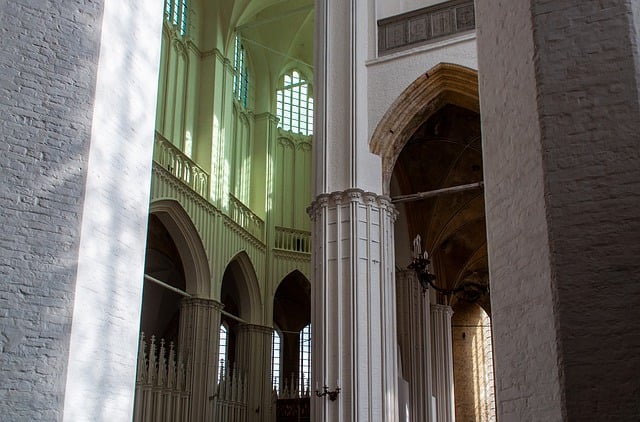The Future of Architecture: Exploring Intelligent Buildings
In today’s fast-paced world, architecture is evolving in ways we could only dream of a few decades ago. As we stand on the brink of an era defined by technology and sustainability, intelligent buildings are emerging as the forefront of this transformation. But what exactly does it mean for a building to be “intelligent”?
Defining Intelligent Buildings
Intelligent buildings use advanced technologies and systems to enhance the experience of their occupants while minimizing their impact on the environment. From automated climate control systems to smart lighting solutions that adjust based on occupancy, these structures are designed to learn from their users and adapt accordingly. Picture a home that knows you’re on your way back, adjusting the thermostat just in time for your arrival, or an office building that optimizes energy use based on the number of people present.
The Emotional Connection
Imagine a workspace that not only boosts productivity but also promotes well-being. Intelligent buildings do more than just provide shelter; they foster an environment that connects people to their surroundings. This partnership between architecture and technology means that our homes and workplaces can be more responsive to our emotions and needs. Comfortable spaces contribute to our mental health, and with the integration of smart technologies, the buildings we inhabit can create an atmosphere of safety, efficiency, and inspiration.
Key Innovations in Intelligent Design
The innovations driving intelligent buildings are as fascinating as they are diverse. Technologies such as the Internet of Things (IoT) allow for seamless communication between building systems. For example, sensors can detect when a room is empty and automatically turn off lights and adjust heating or cooling. This not only conserves energy but also leads to significant cost savings over time.
Moreover, advanced data analytics can predict maintenance needs, reducing unexpected outages and improving overall building management. Imagine a scenario where the elevator system can analyze traffic patterns and adjust waiting times accordingly, creating a fluid and stress-free experience for occupants.
Sustainability Meets Intelligence
With climate change looming, the integration of sustainability in architecture is crucial. Intelligent buildings are designed with an emphasis on eco-friendliness, utilizing renewable resources and reducing carbon footprints. Incorporating solar panels, rainwater harvesting systems, and green roofs are just a few examples of how these structures prioritize environmental responsibility while providing a high quality of life for their users.
The Aesthetic Aspect
Of course, the functionality of intelligent buildings must align with aesthetic appeal. Modern architecture marries sleek designs with cutting-edge technology, creating striking skylines and inviting interiors. This harmonious blend showcases that the future of architecture does not sacrifice beauty in the pursuit of intelligence; instead, it enhances the visual experience, encouraging community interaction and engagement.
The Path Ahead
As urban centers continue to grow and evolve, the demand for intelligent buildings will only increase. Architects, engineers, and city planners are challenged to rethink traditional designs and embrace the possibilities that intelligent technology offers. The future of architecture is bright, and as we integrate these advancements, our environments will not only be smarter but also more attuned to the rhythm of human life.
Join us as we embrace this exciting evolution in architecture, exploring the vast potential of intelligent buildings and their lasting impact on our lives.




